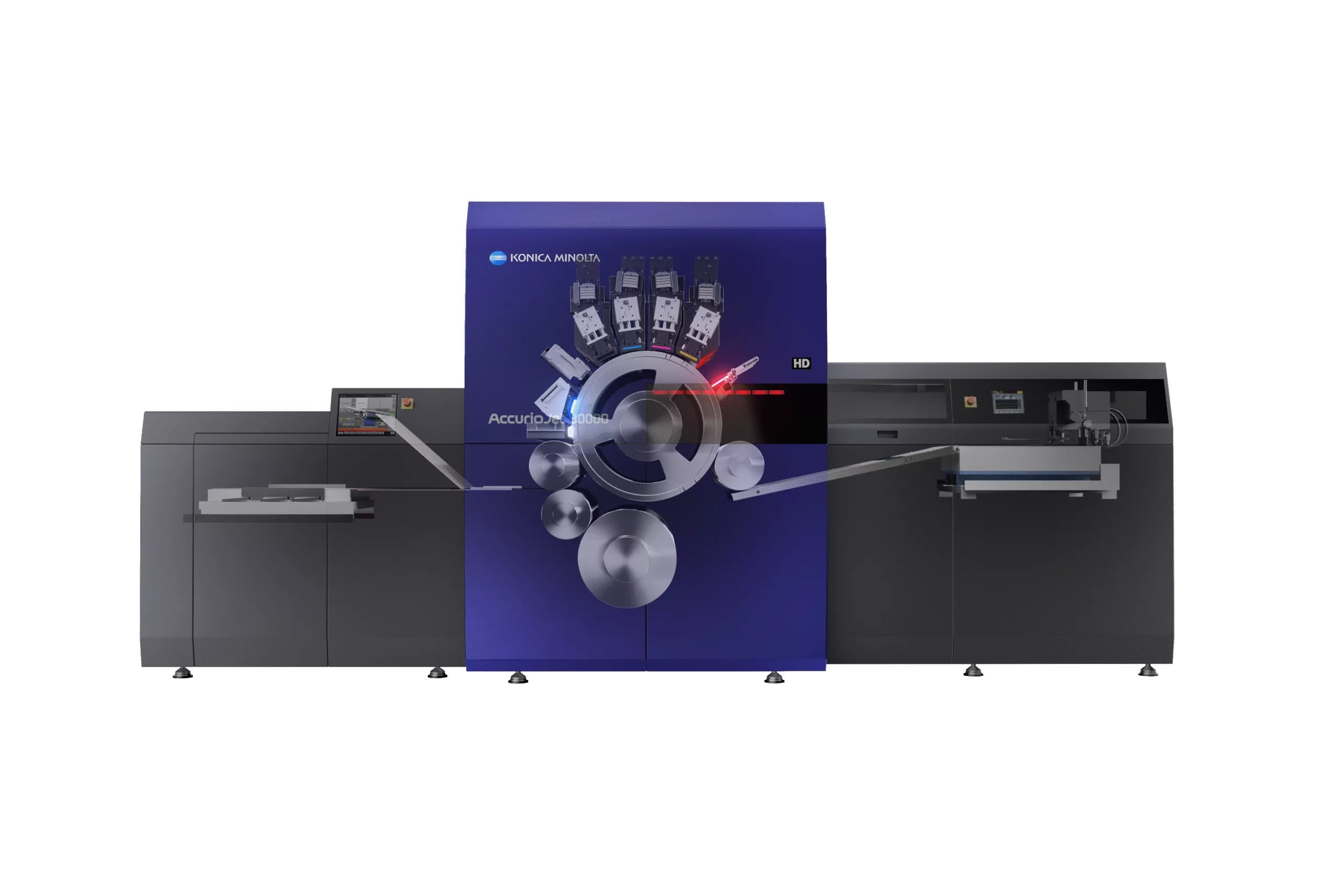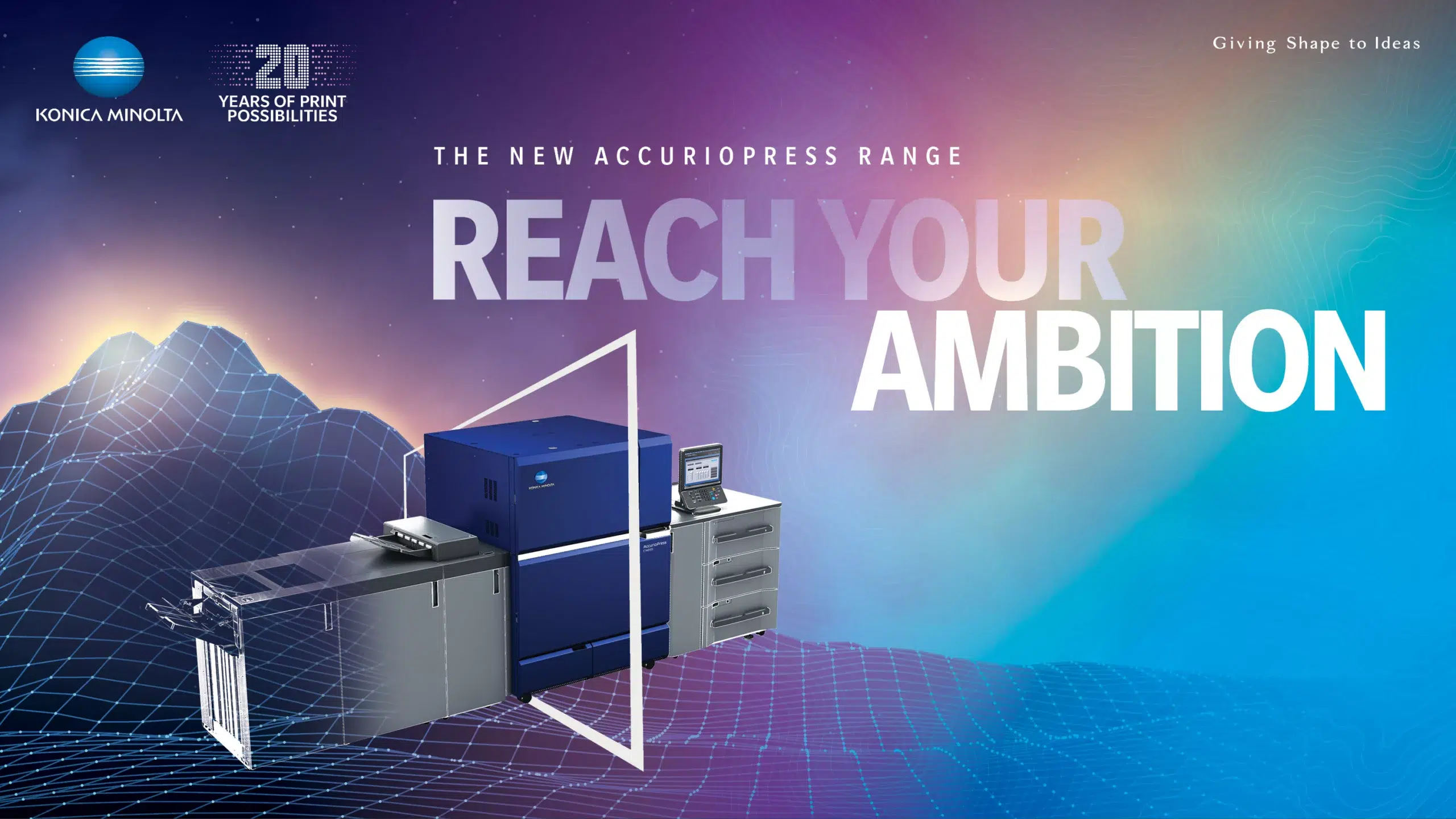The landscape of office printing is rapidly evolving, driven by technological advancements, sustainability efforts, and changing work habits. As businesses adapt to a more digital and remote-centric world, the role of office printing is transforming. Here are some key trends to watch in the future of office printing:
1. Eco-Friendly Printing Solutions
Environmental sustainability is a major concern for businesses today. Companies are increasingly adopting eco-friendly printing practices to reduce their carbon footprint. This includes:
Recycled Paper and Soy-Based Inks: Using recycled paper and soy-based inks reduces the environmental impact of printing.
Energy-Efficient Printers: Modern printers are designed to be more energy-efficient, using less power during operation and standby modes.
Print Management Software: These tools help monitor and reduce unnecessary printing, cutting down on paper and ink usage.
2. Cloud Printing and Mobility
The rise of cloud computing has significantly impacted office printing. Cloud printing allows users to print documents from any device, anywhere, without needing to be connected to a specific printer. This is especially beneficial for remote and hybrid work environments, enabling employees to:
Print on the Go: Print documents from mobile devices or laptops while working remotely.
Access Network Printers: Use any printer connected to the company’s network, regardless of their physical location.
3. Enhanced Security Features
As cyber threats become more sophisticated, the security of office printers is paramount. Modern printers come equipped with advanced security features such as:
User Authentication: Ensures that only authorized personnel can access the printer.
Data Encryption: Protects sensitive information during transmission and storage.
Secure Printing: Holds print jobs in a queue until the user is physically present to release them, preventing unauthorised access to printed documents.
4. Artificial Intelligence and Automation
AI and automation are revolutionizing office printing by enhancing efficiency and reducing manual intervention. Features such as predictive maintenance, where printers can predict and notify users of potential issues before they occur, are becoming commonplace. Additionally, AI-driven print management systems can analyze printing patterns and suggest cost-saving measures.
5. Integration with Smart Office Systems
The integration of printers with smart office systems is streamlining operations and improving user experience. Smart printers can:
Connect with IoT Devices: Communicate with other smart devices in the office for seamless workflows.
Touchless Printing: Utilise NFC or Bluetooth technology to enable touchless printing, enhancing hygiene in the workplace.
6. On-Demand and Subscription-Based Printing Services
Subscription-based models are becoming popular in office printing, offering businesses flexibility and cost savings. These services typically include:
Managed Print Services (MPS): Comprehensive solutions that manage all aspects of office printing, from hardware maintenance to supply replenishment.
Pay-per-Use Models: Allow businesses to pay only for the printing they need, avoiding the upfront costs of purchasing expensive equipment.
The future of office printing is dynamic and exciting, shaped by technological advancements and a growing emphasis on sustainability and security. By staying abreast of these trends, businesses can optimise their printing practices, reduce costs, and enhance overall productivity. Embracing these innovations will ensure that office printing remains an integral part of the modern workplace, adapting seamlessly to the evolving needs of businesses and employees alike.




